the origin
João Ferreira Álvares Ribeiro, Francisco Ferreira, and Francisco Olazabal come from the same stock as the famous Dona Antónia Adelaide Ferreira, the great woman of the 19th century who, as a pioneer, expanded estates and vineyards throughout the Douro, despite the impossible terrain, the plagues, and the men.
Even today, we live in a world where women still have to demand quotas, so underrepresented their gender remains; imagine, then, the determination, vision, and sheer stubbornness required of a woman in those times to save dozens of estates from phylloxera, build an empire, and even put the Duke of Saldanha, the kingdom’s prime minister, in his place.
It is from this stock, this old vineyard, if we may stretch the metaphor, that the great-great-grandsons have sprung. From her they have inherited their restlessness, their love for the Douro, and their desire to explore the region beyond the walls of Quinta do Vallado.
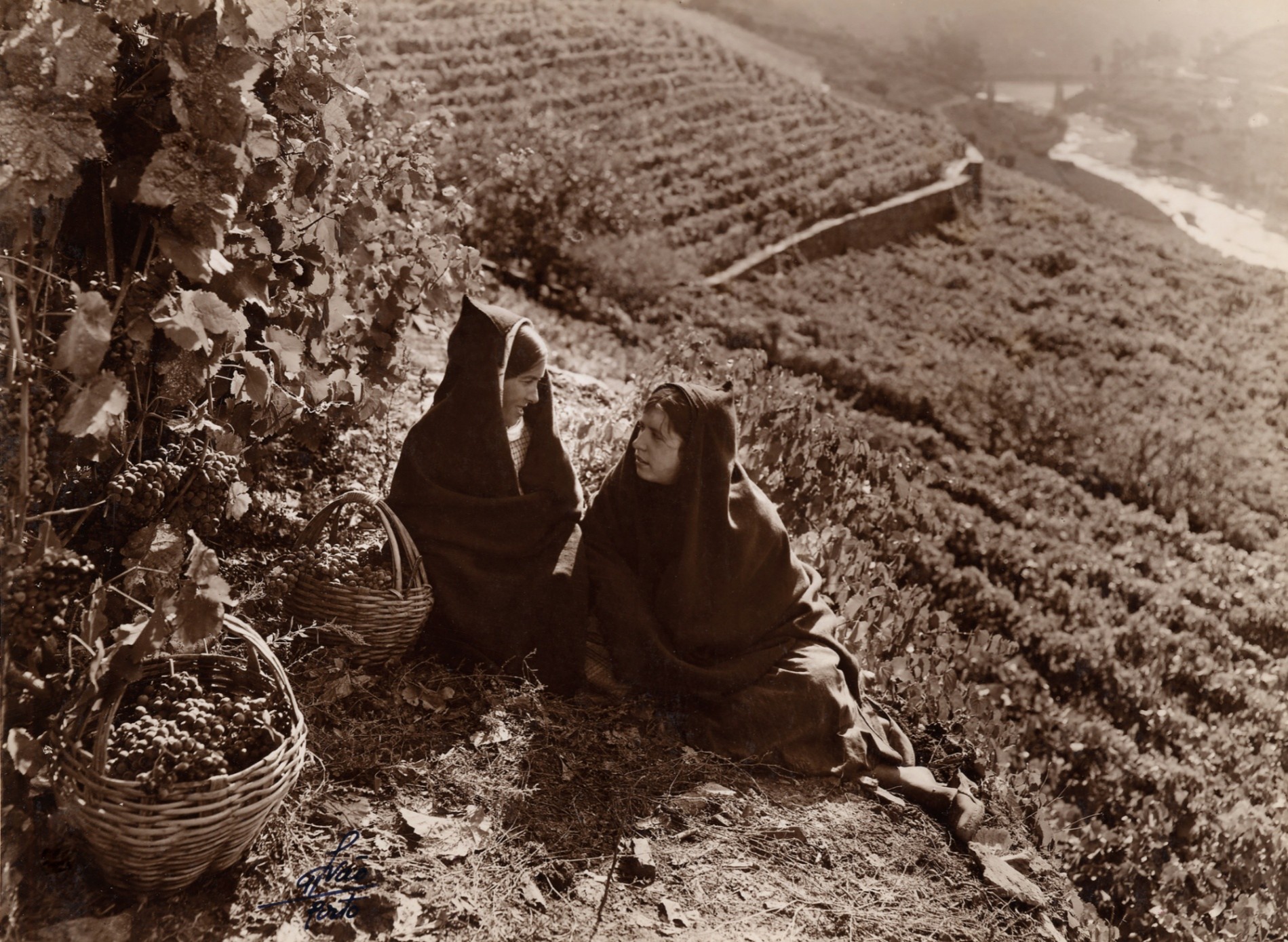
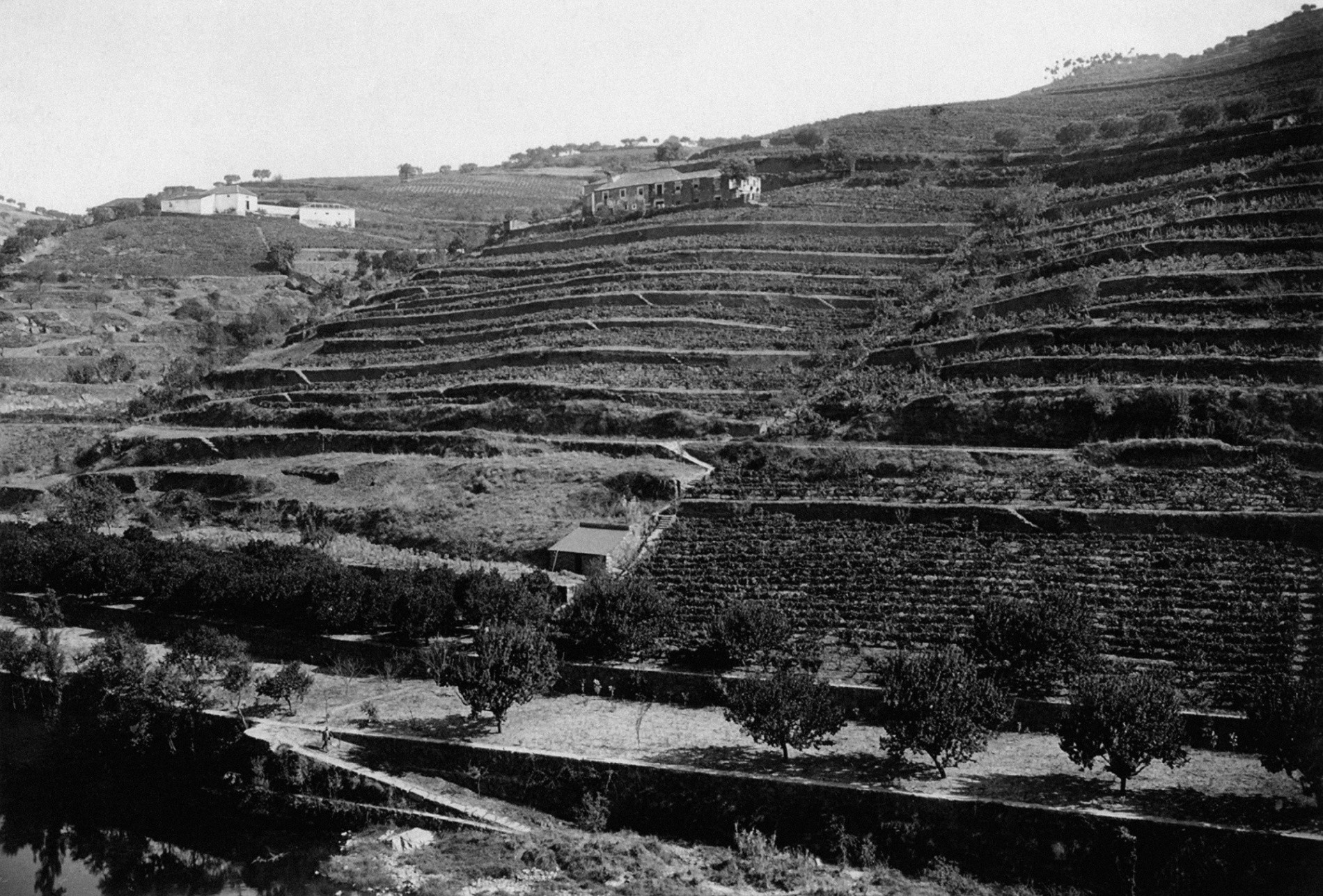




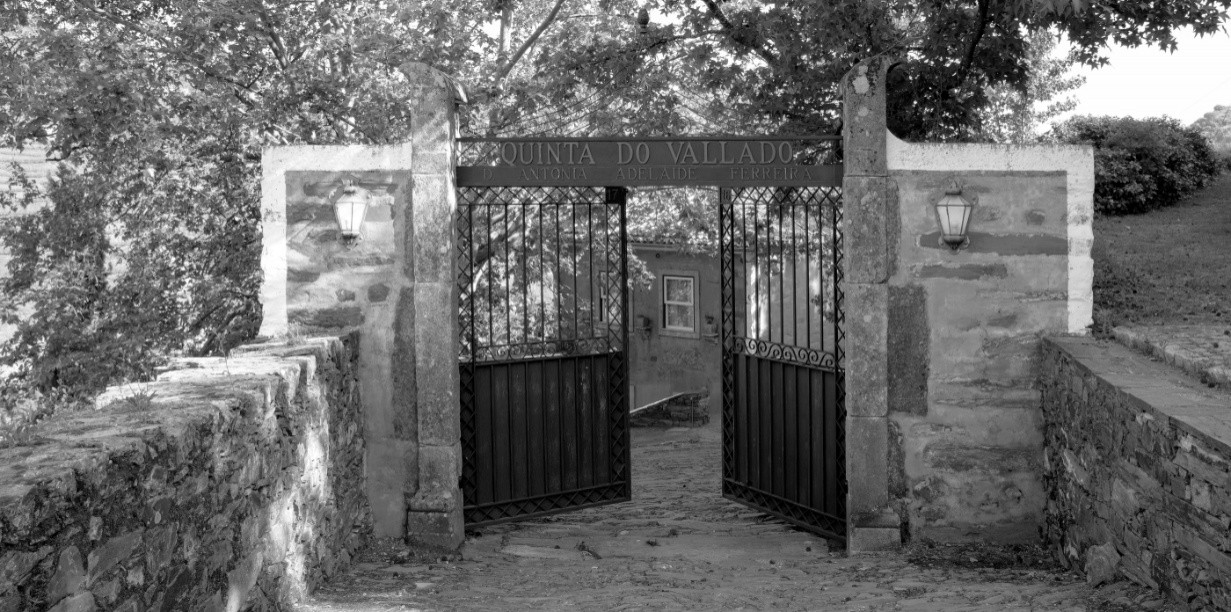
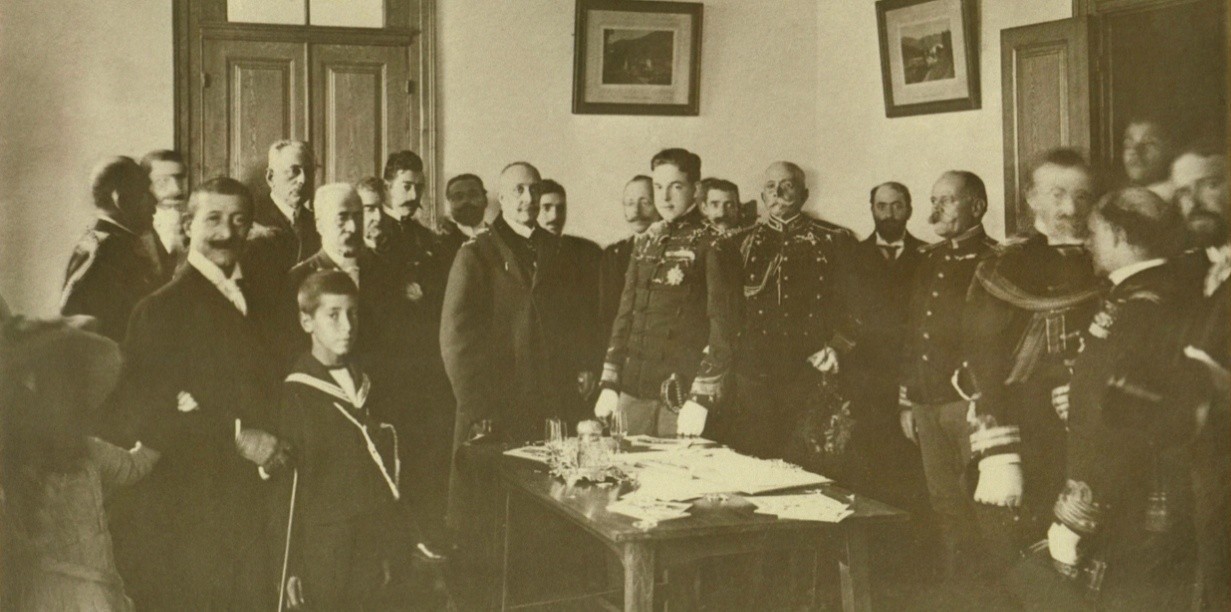


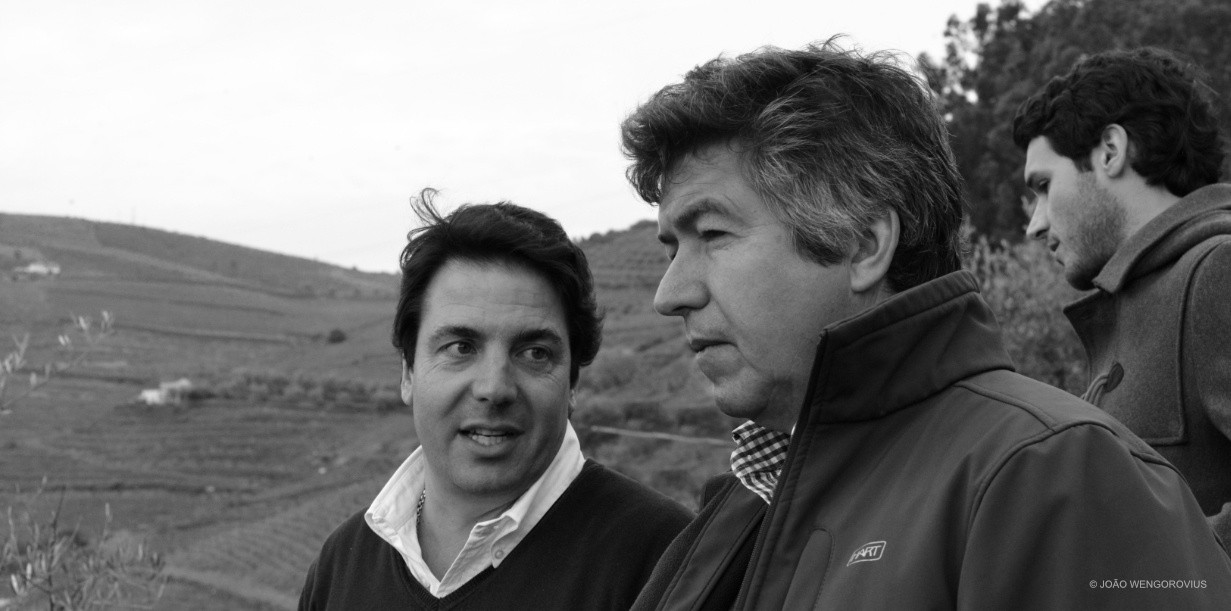
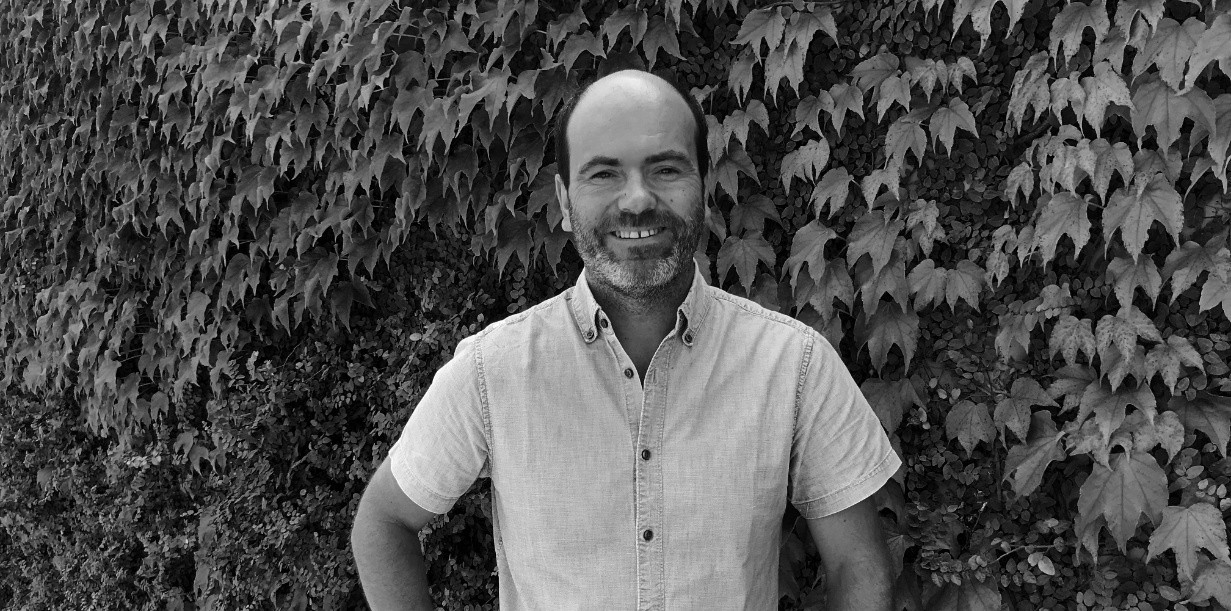
”

the adelaide
In 1999, during one of their many explorations of old vineyards throughout the Douro and its tributaries, João Ferreira Álvares Ribeiro, Francisco Ferreira, and Francisco Olazabal discovered, on a steep and hard-to-reach slope along the Rio Torto, one of the Douro’s tributaries, a plot of centenary vines. This is by no means an isolated case. There are many old vineyards scattered across the Douro: some good, some less so, and some absolutely sublime. In any case, they represent a living heritage, a testament to centuries of knowledge and practice.
From this plot was born the Adelaide: a blend of more than 30 grape varieties, as was traditional in past centuries. The vines are hardy and produce no more than four hundred grams of fruit each, which always results in a very small quantity of wine — never more than 4,000 bottles.
However, the Adelaide is only declared and released in exceptional years, when the three great-great-grandsons agree that the wine is ready for the palates of the world. The wine rests in French Allier oak barrels for twenty months… Then it is bottled and waits. For a tasting. Which will decide whether the wine from the Rio Torto plot is worthy of the name “Adelaide.”
”
”
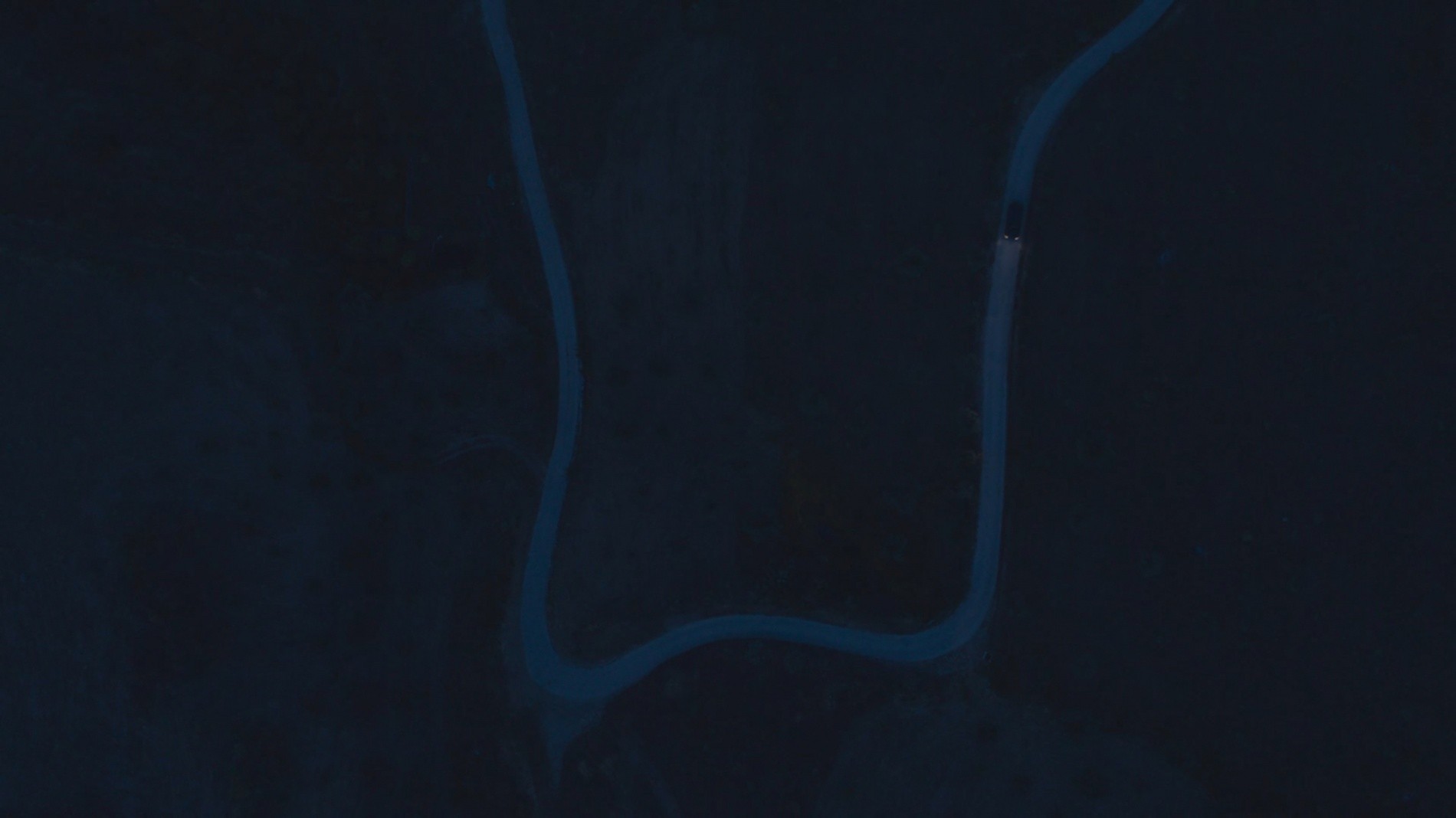
The year 2017 was characterised by being hot and extremely dry, with rainfall around 40% below the average of the past 30 years. This led to an acceleration of the vegetative cycle, with a widespread advance across the Douro region of 2 to 3 weeks compared to the norm. Despite these conditions, there were no major heat peaks during the grape ripening phase. The grapes performed exceptionally, enduring the extreme drought without over-ripening, resulting in wines with great concentration and abundant fruit, yet extremely balanced.
The harvest of this plot took place under perfect weather conditions on 28 August. Production was approximately 10% below the average.
info técnica
pH 3,72
Production
202 bottles 150cl
Winemakers
Francisco Ferreira

The year 2017 was characterised by being hot and extremely dry, with rainfall around 40% below the average of the past 30 years. This led to an acceleration of the vegetative cycle, with a widespread advance across the Douro region of 2 to 3 weeks compared to the norm. Despite these conditions, there were no major heat peaks during the grape ripening phase. The grapes performed exceptionally, enduring the extreme drought without over-ripening, resulting in wines with great concentration and abundant fruit, yet extremely balanced.
The harvest of this plot took place under perfect weather conditions on 28 August. Production was approximately 10% below the average.
The year 2016 was characterised by average to high rainfall. Although there was considerable rain throughout the year, the summer was very hot and dry, while September was particularly cool, allowing the grapes to ripen in a very balanced way.
The harvest of this plot took place under perfect weather conditions on 20 September, a week after some rainfall that helped complete the ripening process.
info técnica
pH 3,69
Production
209 bottles 150cl
Winemakers
Francisco Ferreira

The year 2016 was characterised by average to high rainfall. Although there was considerable rain throughout the year, the summer was very hot and dry, while September was particularly cool, allowing the grapes to ripen in a very balanced way.
The harvest of this plot took place under perfect weather conditions on 20 September, a week after some rainfall that helped complete the ripening process.
The year 2015 was characterised by average to low rainfall. The summer was fairly mild, with no heatwaves, and September was particularly cool, allowing the grapes to ripen in a very balanced way.
The harvest of this plot took place under perfect weather conditions on 8 September, just before the heavy rains of 14 and 15 September.
info técnica
pH 3,71
Production
200 bottles 150cl
Winemakers
Francisco Ferreira

The year 2015 was characterised by average to low rainfall. The summer was fairly mild, with no heatwaves, and September was particularly cool, allowing the grapes to ripen in a very balanced way.
The harvest of this plot took place under perfect weather conditions on 8 September, just before the heavy rains of 14 and 15 September.
The year 2014 was characterised by abundant rainfall, with a warm spring and a rather mild summer, which contributed to a very balanced and early ripening of the grapes, as there was no water stress in the soil nor heatwaves causing interruptions in maturation.
The harvest of this plot took place under perfect weather conditions on 8 and 9 September, just before the heavy rains that occurred a few days later.
info técnica
pH 3,63
Production
200 bottles 150cl
Winemakers
Francisco Ferreira

The year 2014 was characterised by abundant rainfall, with a warm spring and a rather mild summer, which contributed to a very balanced and early ripening of the grapes, as there was no water stress in the soil nor heatwaves causing interruptions in maturation.
The harvest of this plot took place under perfect weather conditions on 8 and 9 September, just before the heavy rains that occurred a few days later.
Old Vines - Tinta Roriz, Tinta Amarela, Touriga Franca and others (35 mixed grape varieties, with a average production of 500gr per plant).
info técnica
pH 3,58
Production
190 bottles 150cl
Winemakers
Francisco Ferreira

Old Vines - Tinta Roriz, Tinta Amarela, Touriga Franca and others (35 mixed grape varieties, with a average production of 500gr per plant).
The year 2011 was marked by average rainfall and temperatures, with an extremely hot summer, yet the soil retained some moisture during the ripening period due to rains in mid-August and early September.
Despite the very hot summer and the year being highly productive, the grapes were of excellent quality and exceptionally well-balanced, showing no signs of water stress. The harvest of this plot took place under perfect weather conditions on 13 September.
info técnica
pH 3,58
Production
200 bottles 150cl
Winemakers
Francisco Ferreira

The year 2011 was marked by average rainfall and temperatures, with an extremely hot summer, yet the soil retained some moisture during the ripening period due to rains in mid-August and early September.
Despite the very hot summer and the year being highly productive, the grapes were of excellent quality and exceptionally well-balanced, showing no signs of water stress. The harvest of this plot took place under perfect weather conditions on 13 September.
The year 2009 was marked by a very hot and dry summer, although the very old vines, with their deeper roots, experienced very little water stress compared to the younger vines.
The harvest was quite early, with this plot being picked on 8 September.
info técnica
pH 3,76
Production
122 bottles 150cl
Winemakers
Francisco Ferreira

The year 2009 was marked by a very hot and dry summer, although the very old vines, with their deeper roots, experienced very little water stress compared to the younger vines.
The harvest was quite early, with this plot being picked on 8 September.
The year 2008 was characterised by a rather cool climate, with September being very mild, which contributed to a very balanced but late ripening of the grapes. It was also a year of low rainfall, although around 30 mm fell in early September, aiding the excellent maturation of the grapes.
The harvest of this plot took place under perfect weather conditions on 25 September.
info técnica
pH 3,67
Production
Winemakers
Francisco Ferreira

The year 2008 was characterised by a rather cool climate, with September being very mild, which contributed to a very balanced but late ripening of the grapes. It was also a year of low rainfall, although around 30 mm fell in early September, aiding the excellent maturation of the grapes.
The harvest of this plot took place under perfect weather conditions on 25 September.
The year 2007 was characterised by abundant rainfall, with a warm spring and a rather mild summer, which contributed to a very balanced and early ripening of the grapes, as there was no water stress in the soil nor heatwaves causing interruptions in maturation.
The harvest of this plot took place under perfect weather conditions on 8 and 9 September, just before the heavy rains that occurred a few days later.
info técnica
pH 3,74
Production
Winemakers
Francisco Ferreira

The year 2007 was characterised by abundant rainfall, with a warm spring and a rather mild summer, which contributed to a very balanced and early ripening of the grapes, as there was no water stress in the soil nor heatwaves causing interruptions in maturation.
The harvest of this plot took place under perfect weather conditions on 8 and 9 September, just before the heavy rains that occurred a few days later.
The year 2005 was characterised by being extremely dry, with mild summer temperatures. Despite the low rainfall, it was a year of average production. The grapes produced that year were very small, contributing to a year of great concentration.
The harvest of this plot took place under perfect weather conditions on 20 September.
info técnica
pH 3,65
Production
Winemakers
Francisco Ferreira

The year 2005 was characterised by being extremely dry, with mild summer temperatures. Despite the low rainfall, it was a year of average production. The grapes produced that year were very small, contributing to a year of great concentration.
The harvest of this plot took place under perfect weather conditions on 20 September.
waiting list
If you want to wait for Adelaide, and would like to try this unique red made with grapes from old Douro vines, please give us your contact details.
Please Confirm you are above the legal drinking age in your country
noYou must be of a legal drinking age to continue.
For more information on terms and use click here.


